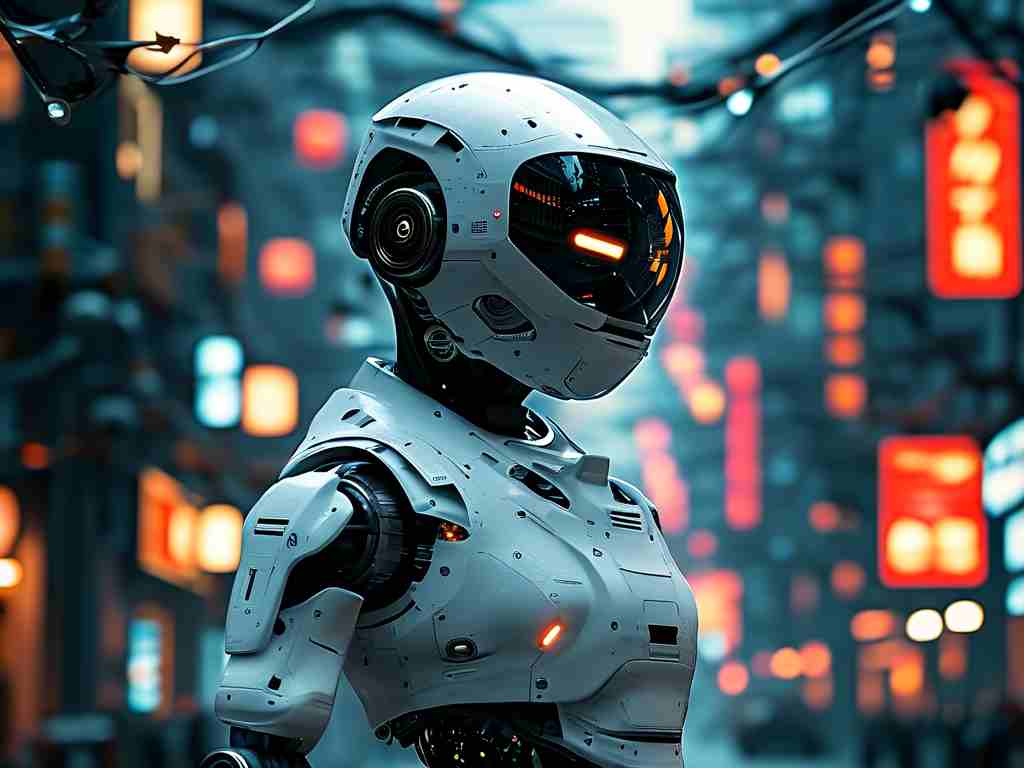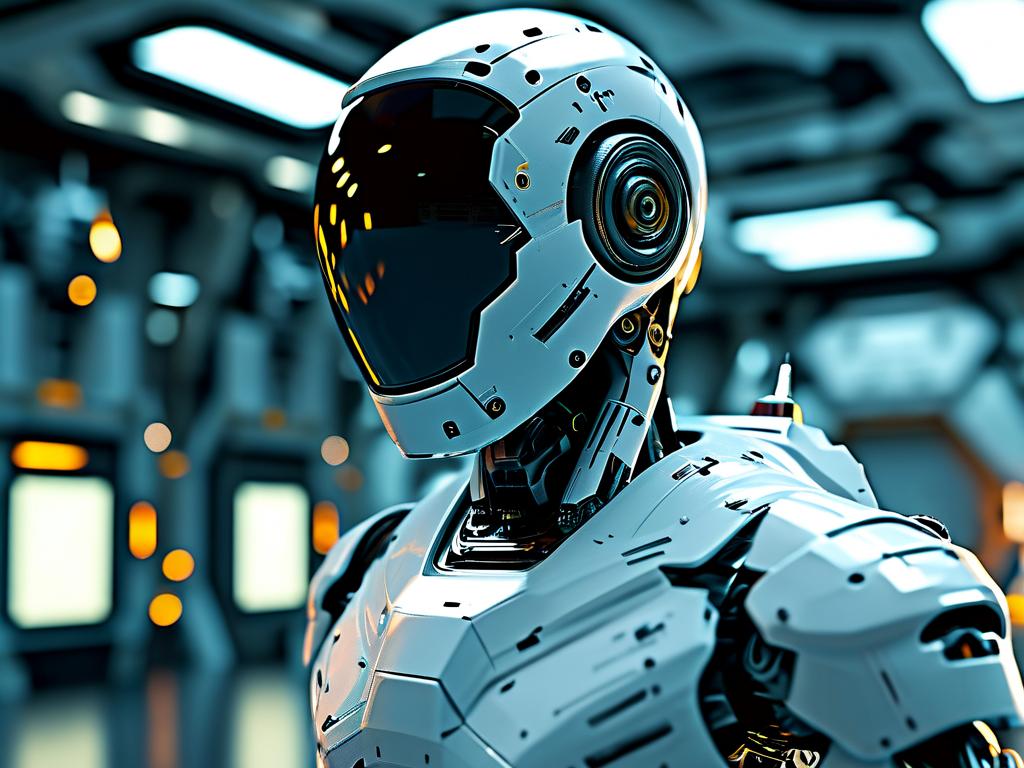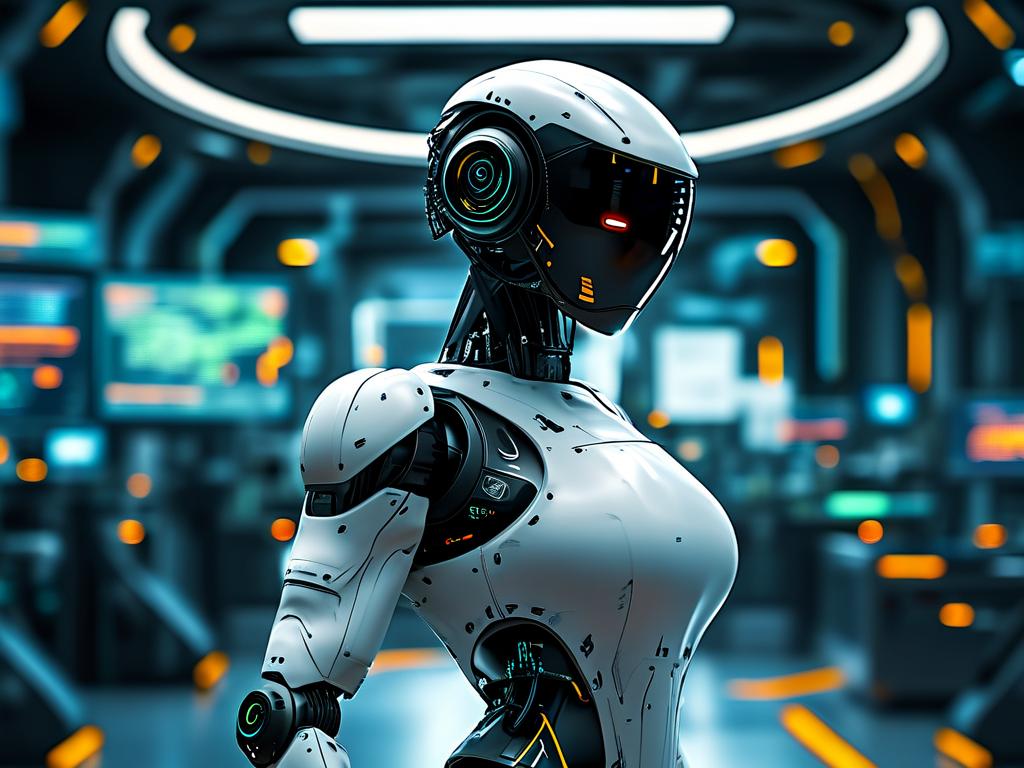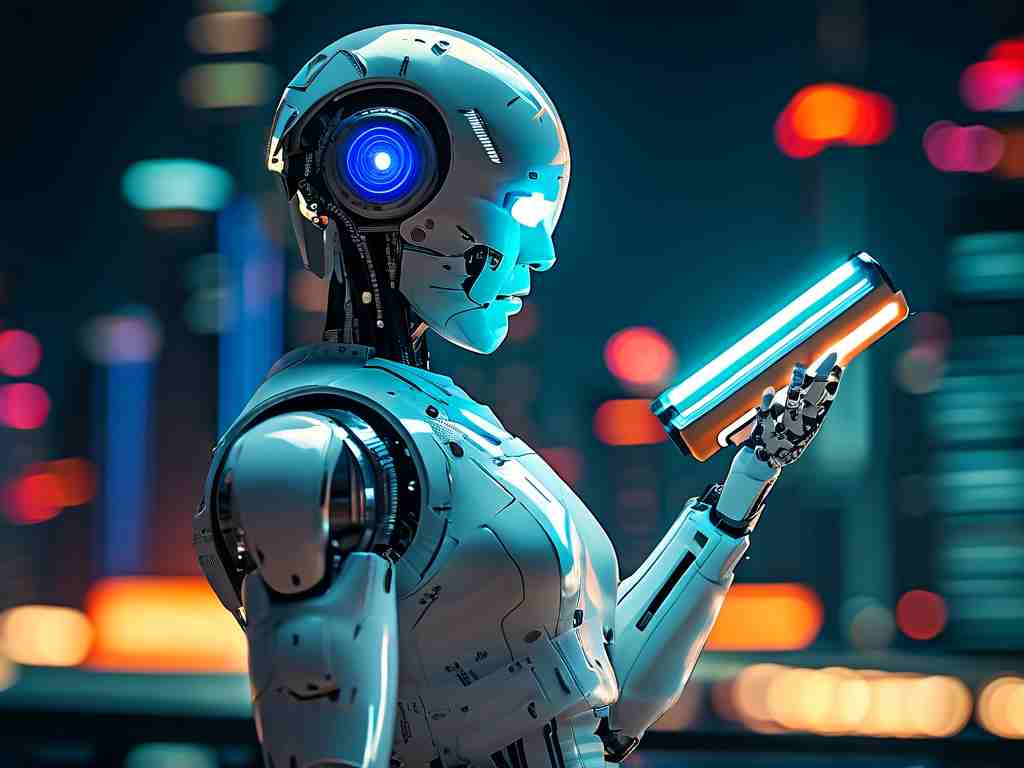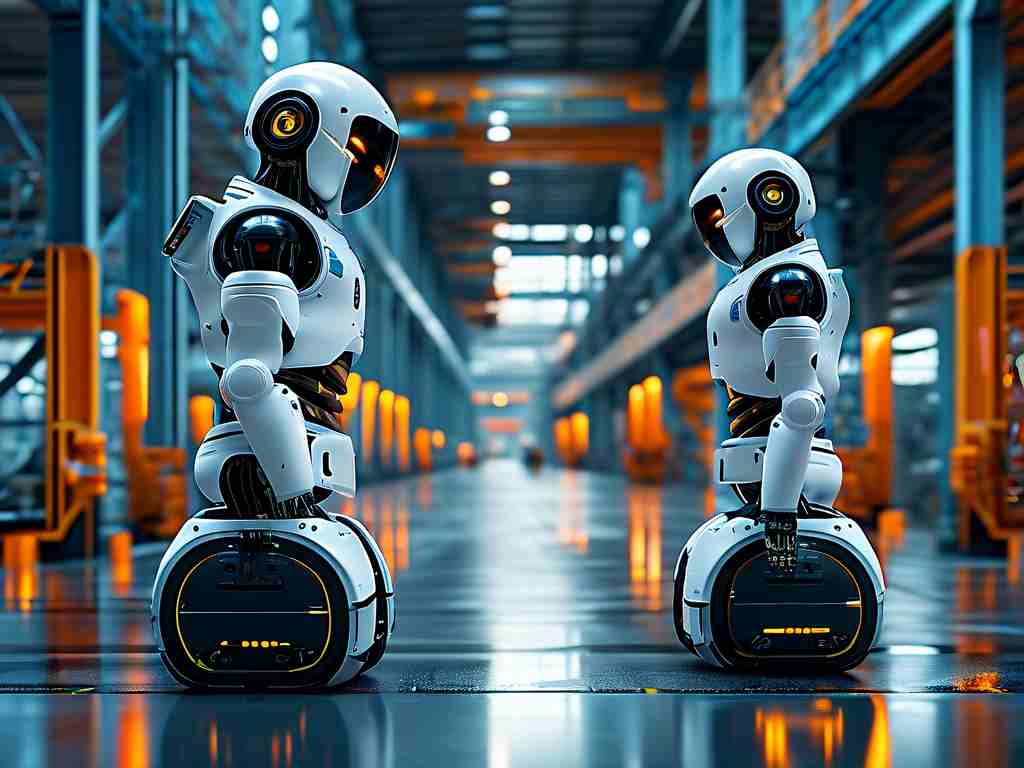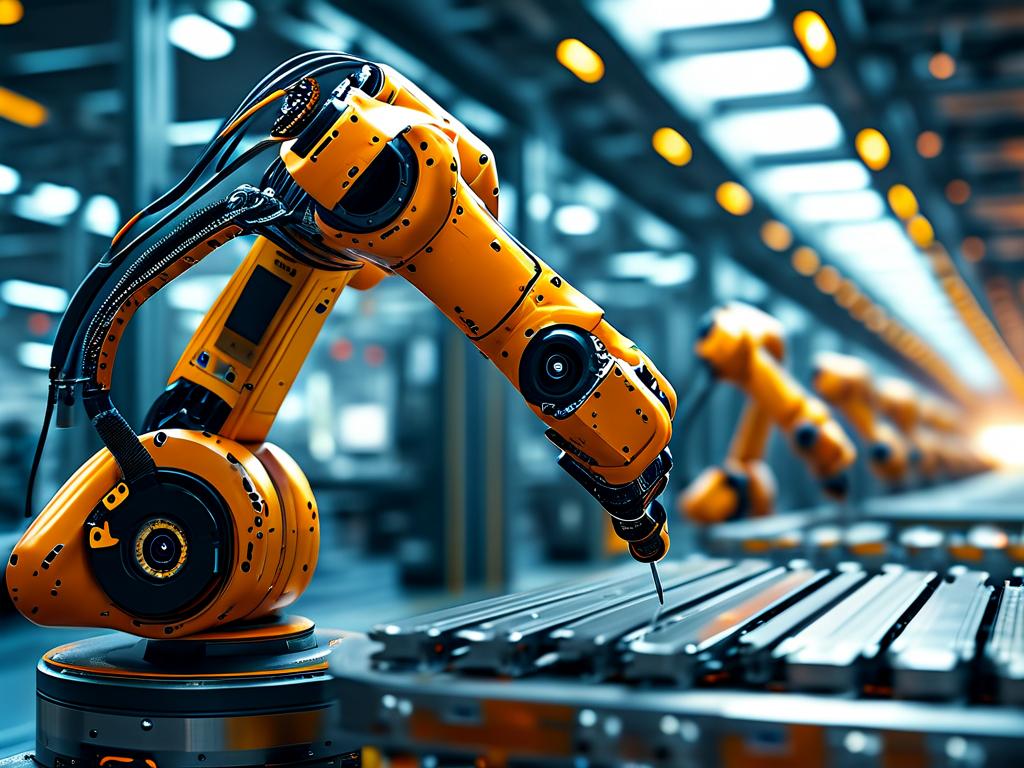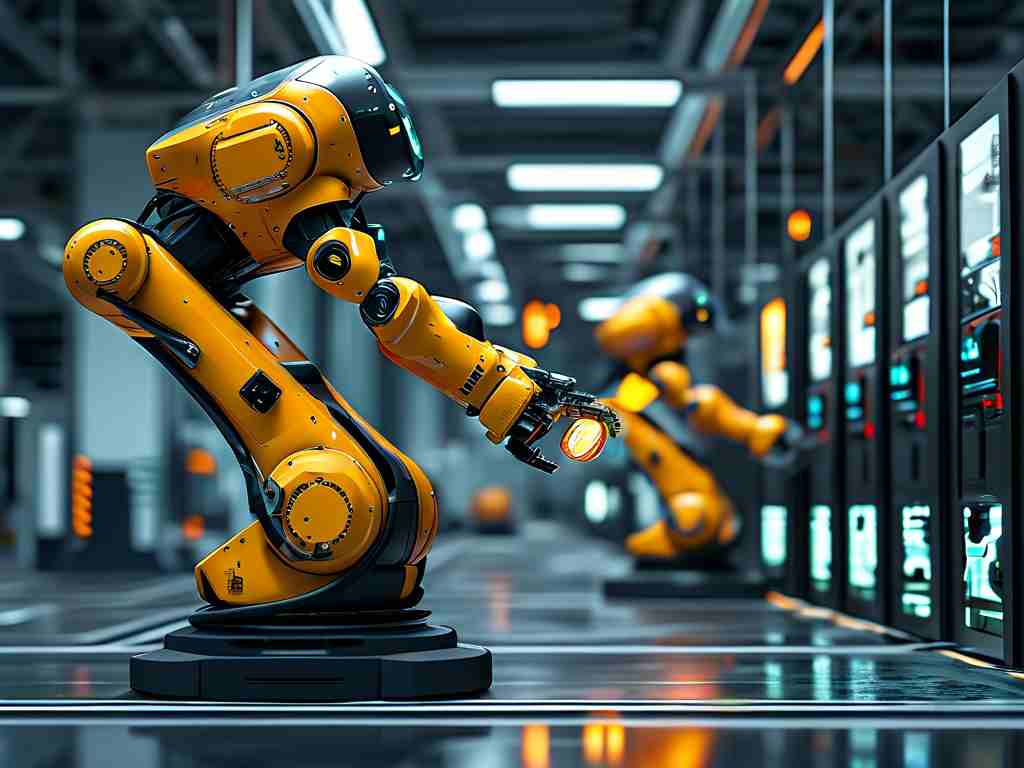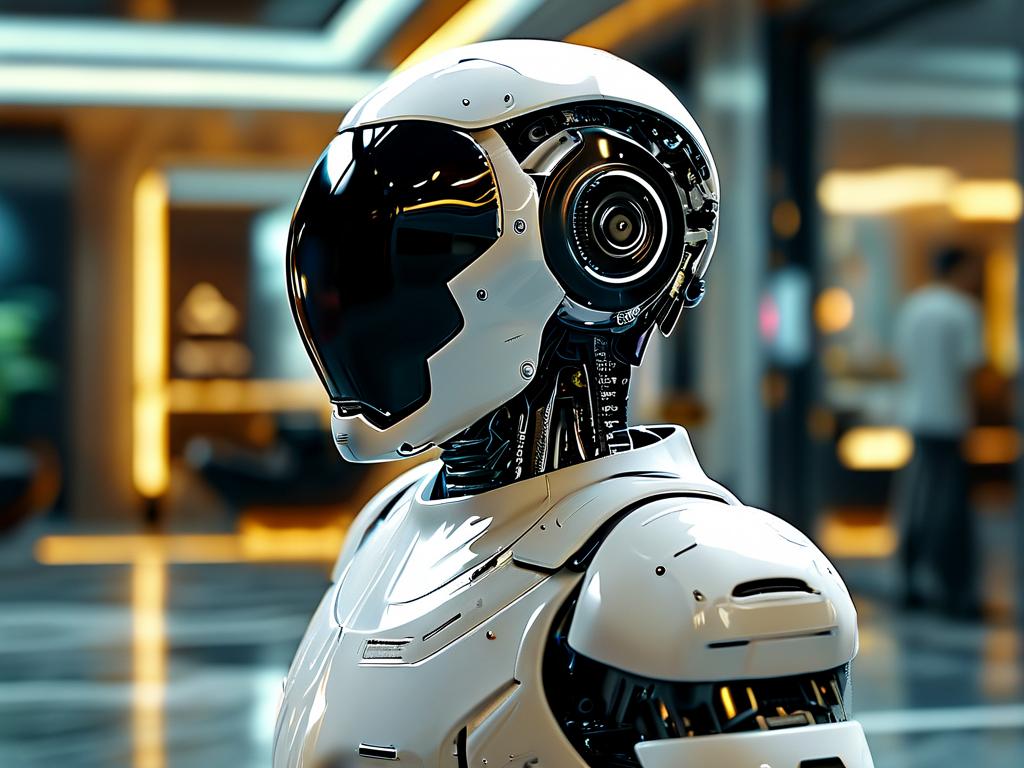The concept of robot liquefaction technology has emerged as a groundbreaking innovation in the field of advanced robotics, blending materials science with adaptive control systems. This technology enables robots to transition between solid and liquid states on demand, unlocking unprecedented flexibility in applications ranging from medical interventions to industrial maintenance. To understand its significance, we delve into the core principles driving this transformative capability.
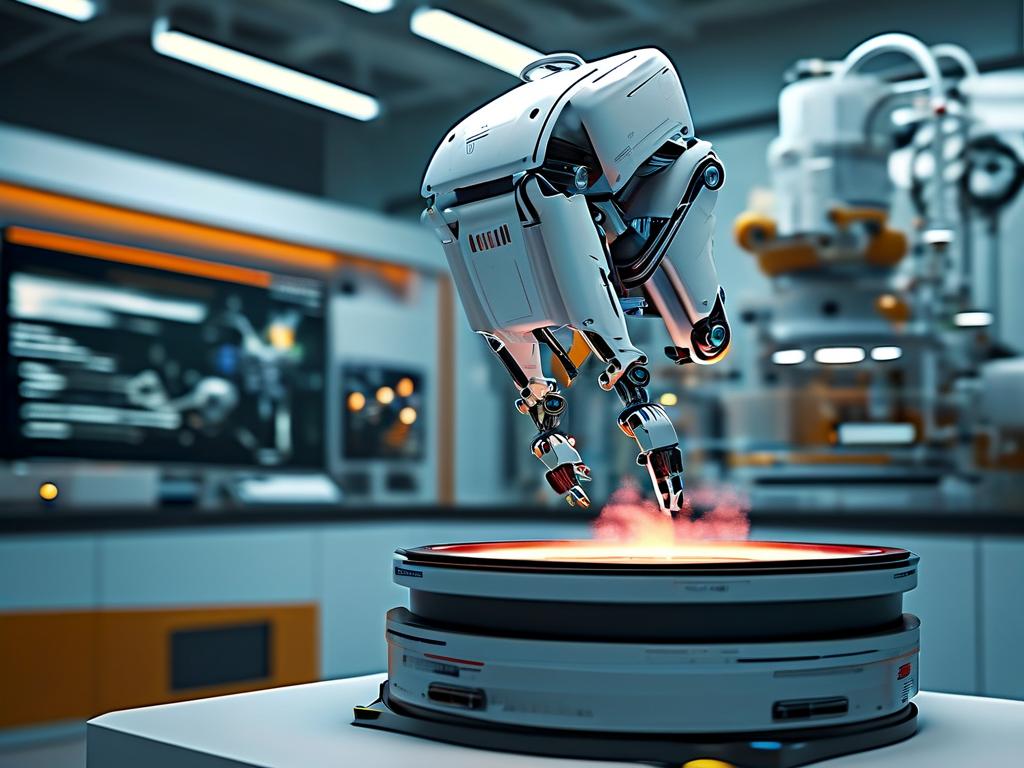
Material Science Foundations
At the heart of robot liquefaction lies the development of phase-changing materials. These materials, often composed of metallic alloys or polymer composites, exhibit unique thermal or electrical responsiveness. For instance, gallium-based alloys melt at near-room temperatures (around 30°C) and solidify when cooled. By integrating such materials into robotic frameworks, engineers create structures capable of reversible state transitions. Recent advancements include hybrid materials embedded with magnetic nanoparticles, allowing liquefaction to be triggered remotely via electromagnetic fields. This eliminates the need for direct thermal contact, broadening practical use cases.
Control Mechanisms and Actuation
State transitions alone are insufficient without precise control systems. Liquefiable robots rely on integrated sensors and microcontrollers to manage phase changes. When a robot needs to flow through a narrow space—such as a fractured pipeline or biological tissue—a localized heating element or electromagnetic coil activates, inducing liquefaction in specific segments. Post-mission, cooling mechanisms or field termination restore rigidity. To enhance precision, some designs employ shape-memory polymers that "remember" their original form, ensuring accurate re-solidification. These systems often operate using AI-driven algorithms that predict environmental variables, such as temperature gradients or obstacle density, to optimize phase-change timing.
Applications in Medicine and Industry
One of the most promising applications lies in minimally invasive surgery. A liquifiable robot could navigate through blood vessels as a liquid, solidify to perform a procedure (e.g., removing a clot), and then revert to liquid form for extraction. Early trials at institutions like MIT have demonstrated prototypes capable of retrieving foreign objects from simulated human organs with 92% success rates.
In industrial settings, this technology addresses maintenance challenges. Robots can liquefy to seep into machinery cracks, solidify to repair defects, and even dissolve redundant sections post-task. For example, Siemens Energy has tested liquefiable bots for turbine blade repairs, reducing downtime by 40% compared to traditional methods.
Challenges and Ethical Considerations
Despite its potential, robot liquefaction faces hurdles. Material durability remains a concern—repeated phase changes degrade structural integrity over time. Researchers at Stanford estimate current materials withstand only 50–100 cycles before failure. Energy efficiency is another bottleneck; sustaining electromagnetic fields or thermal systems demands significant power, limiting deployment in remote environments.
Ethically, the technology raises questions about biocompatibility and environmental impact. Residual nanoparticles from dissolved robots could pose health risks if not properly contained. Regulatory bodies like the FDA are drafting guidelines for medical applications, emphasizing non-toxic material certification.
Future Directions
Ongoing research focuses on self-healing materials and energy-autonomous systems. A team at ETH Zurich recently unveiled a solar-powered liquifiable robot that uses photothermal conversion to trigger phase changes, eliminating external power dependencies. Meanwhile, AI integration aims to refine decision-making—for instance, allowing robots to autonomously choose between liquefaction and alternative strategies based on real-time sensor data.
In the next decade, liquefaction technology could redefine robotics, enabling machines to adapt dynamically to unpredictable environments. As material science and control systems evolve, the line between rigid machinery and fluid adaptability will continue to blur, opening doors to innovations once confined to science fiction.


